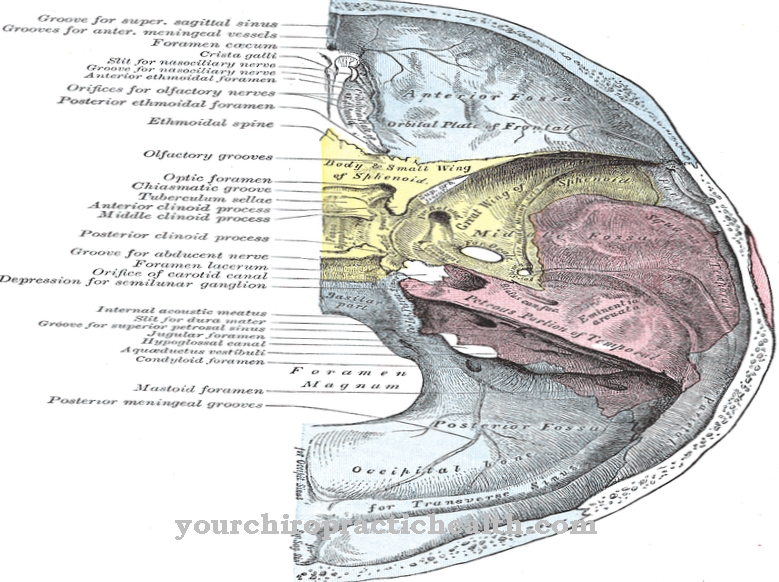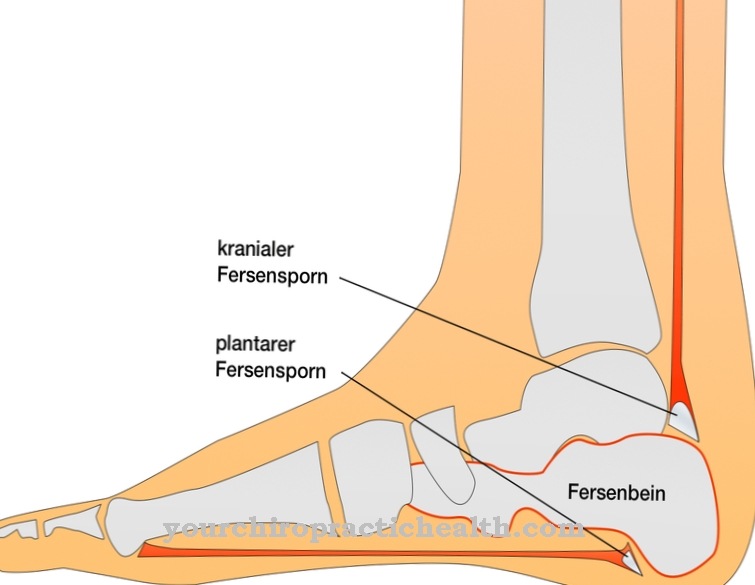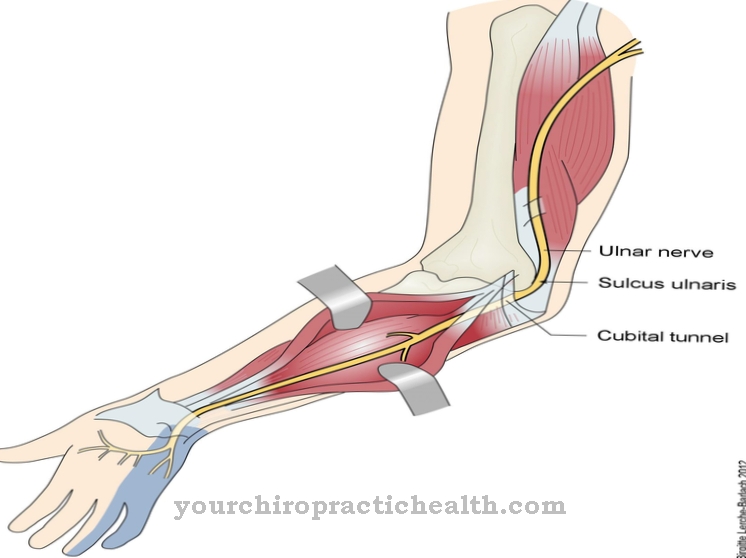The finger are the limbs on the upper extremities of the human body. They fulfill different purposes and functions. Finger discomfort can also occur.
What are fingers

The five limbs on each hand are called fingers. The technical term is digitus. Each finger consists of three limbs or support elements, with the thumb being an exception. It has only two phalanges (phalanx bones).
The fingers have gestural functions, but are also used to grip, support and hold things. In animals, the fingers are called claws or claws. The counterpart to the fingers on the lower extremities are the toes, although these are much less developed than the fingers.
The fingers can be affected by different diseases. In addition to rheumatism, gout and osteoarthritis complaints, fractures and cuts are common complaints on the fingers. In addition, tumors and specific diseases can occur on the fingers.
Anatomy & structure
Every healthy person has five fingers on each hand. These are the thumb, index finger, middle finger, ring finger and the little finger. The fingers themselves can be divided into different areas. At the end of each finger is the fingertip or fingertip, which is used for personal identification due to its uniqueness.
Around 700 touch and pressure receptors end in the fingertip. The area is also particularly well supplied with blood and has a large number of sensory nerve cells. The fingernail is on the top of the fingertip. In addition to the fingernails, each finger has three individual links. The only exception here is the thumb, which only consists of two links. Tendons, nerve cells and bones run within the fingers.
Function & tasks
As part of the human hand, the fingers have a variety of tasks in everyday life. They are responsible for grabbing, holding and moving objects. Without the fingers, the hand could only act to a very limited extent and not perform complex movements. The fingers are also responsible for feeling and touching things.
The tactile function of the fingers is essential, especially for blind people. Gestures can also be performed with the fingers. The fingers are used for communication and are part of various signal languages such as sign language. The complex movement patterns that are possible with the fingers allow a variety of different gestures.
Writing is also an important function of the fingers. The fingers allow you to grasp pens and move them sensitively enough to write down symbols. Accordingly, the fingers are also important for various creative activities. The hand itself made it possible to hunt and kill animals in earlier times. Even today it is important for the intake of food. To a limited extent, the nails on the fingertips are still a defensive tool today.
Illnesses & ailments
The fingers can get sick in different ways. Often the illnesses and complaints are not directly related to the fingers, but can be traced back to the hands. For example, Dupuytren's disease, which is triggered in the heel of the hand, but spreads to the fingers.
These bend and consequently can no longer be moved or only within a very limited radius. The doctor describes the symptoms as growths of the fascia tissue. Another disease of the fingers is the so-called carpal tunnel syndrome. This is pressure damage to the nerves in the fingers. This leads to strong tingling, numbness and sometimes pain. Cuts, fractures or other injuries can also damage nerves in the fingers. In the worst case, the consequence of this is paralysis of the affected finger.
In addition, the hands and thus also the fingers can be affected by rheumatic diseases. Tendons, cartilage and joints in particular are affected and are very painful during the illness. In addition, the ability to move is restricted. The so-called flickering finger can also occur. This means a sudden and uncontrolled jerk of the finger. This can also cause pain. The symptoms arise from constricted rings in the fingers. The flexor tendons, which are irritated when there is insufficient space, run through this.
Finally, so-called giant cell tumors can occur in the finger. These finger tumors often appear on the middle joint and can be removed relatively easily. If there is no response, there is a risk that they will grow into the bone and possibly spread further. Fine motor skills can also be impaired by damage to the nerves. In some cases, giant cell tumors are also the result of an enchondroma. This is a tumor in the bone that can only be removed with the help of radiation therapy.









.jpg)



.jpg)



.jpg)







.jpg)


